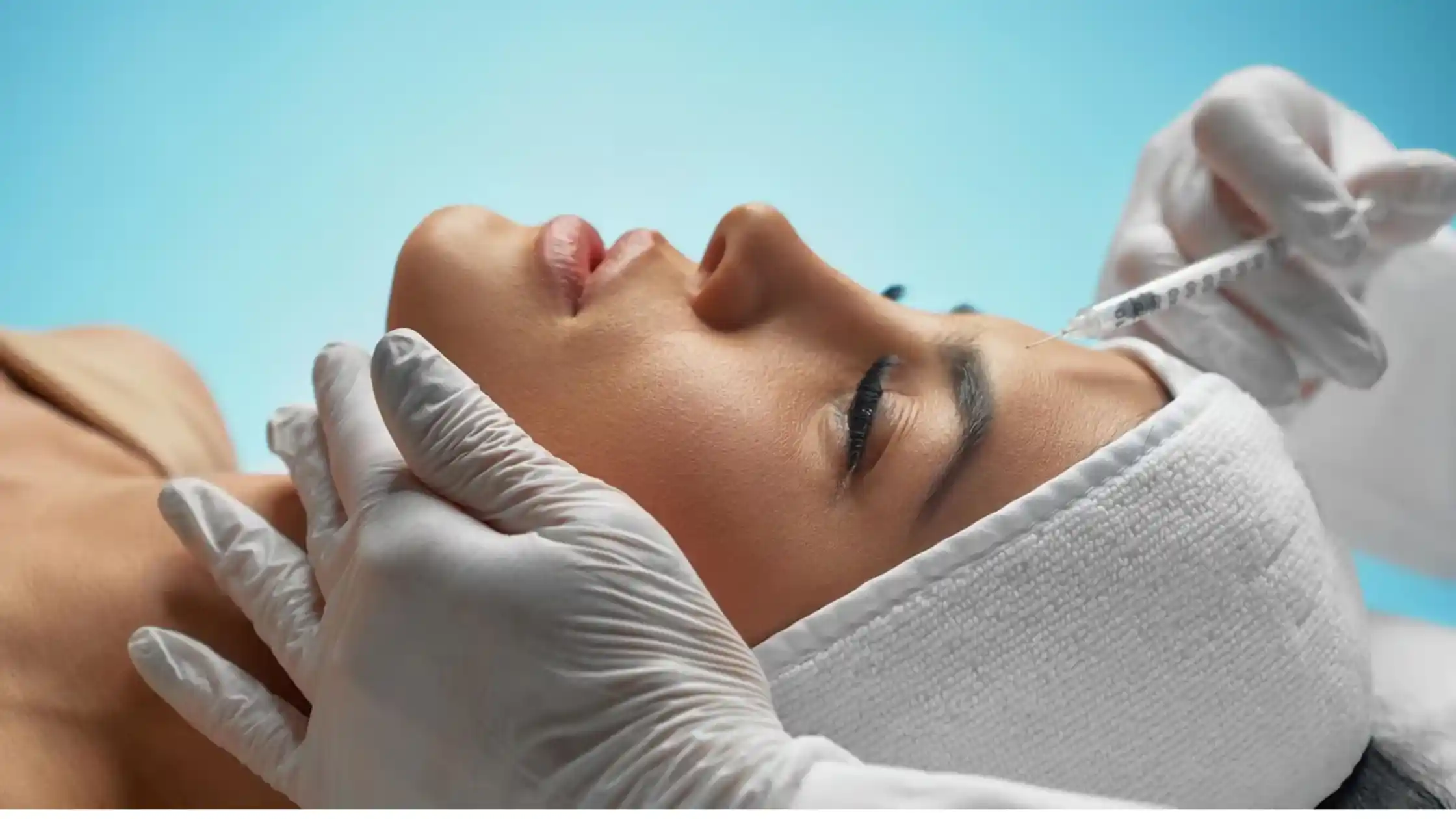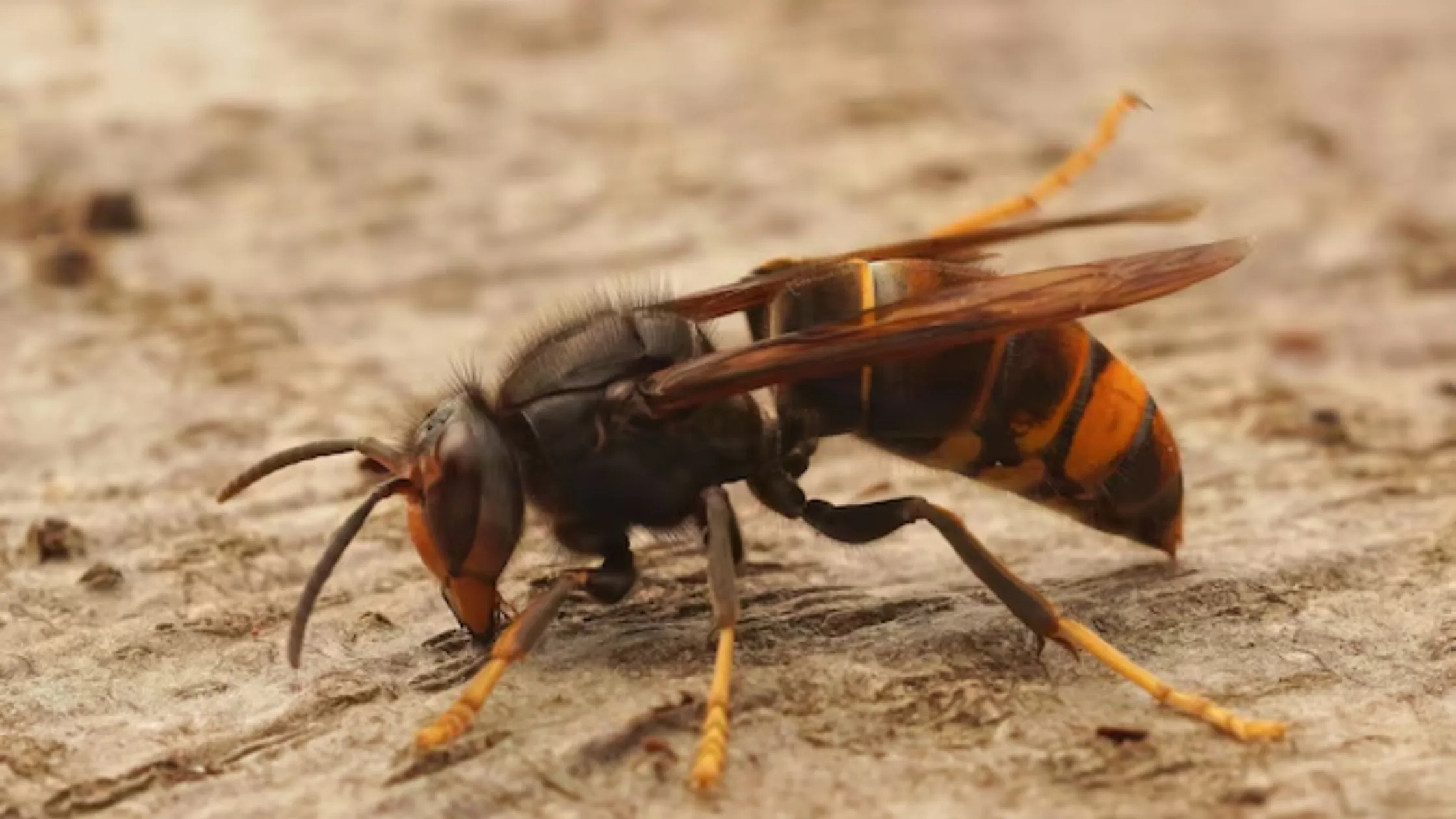Rhino Piercing: The Complete Guide to Nose Jewelry

Nose piercing is an evergreen beauty trend in the world of fashion, and the popularity of this style never fades. If you are thinking of trying some new piercing style, then why not get this new style of rhino piercing? In this comprehensive guide, we will explore all aspects of rhino piercing, from the procedure to the aftercare, helping you make an informed decision about this eye-catching addition to your appearance.
What is Rhino Piercing
If you are considering getting a new piercing, why not push the boundaries of your style with a unique and trendy option? Rhino piercing, also known as vertical nose tip piercing, is gaining popularity among fashion-forward individuals.
Rhino piercing is a type of nose piercing that involves vertical placement through the tip of the nose, hence its name. Unlike the more traditional nostril and septum piercings, rhino piercing adds a touch of edginess and uniqueness to your overall look. This avant-garde style is often adorned with a variety of jewelry options, allowing you to personalize your piercing.
The Procedure: What to Expect
Before getting a rhino piercing, it’s important to familiarize yourself with the entire procedure. The process involves the following steps:
Consultation: Schedule an appointment with a professional piercer who specializes in rhino piercings. During the initial consultation, discuss your expectations, ask questions, and gain a clear understanding of the procedure.
Preparation: On the day of the piercing, the piercer will thoroughly clean the area around your nose. They may mark the piercing placement with a sterile pen to ensure accuracy.

Anesthesia: While rhino piercing is generally less painful than other nose piercings, some discomfort may still be experienced. Your piercer may choose to apply a topical numbing cream or use a local anesthetic to minimize any potential pain.
Piercing: Once the area is fully prepped, the piercer will use a sterilized needle to create the vertical hole through the tip of your nose. This step requires precision and expertise to ensure the piercing is properly aligned.
Jewelry Placement: After the piercing is complete, your piercer will insert the jewelry of your choice. This can range from delicate studs to stylish rings, depending on your personal preference and the healing process.
Aftercare: Your piercer will provide detailed aftercare instructions to ensure proper healing. These may include cleaning the area with a saline solution and avoiding swimming or touching the piercing with dirty hands.
Is Rhino Piercing Right for You?
Before committing to a rhino piercing, it’s essential to consider a few key factors:
Face Structure: Rhino piercing tends to complement certain face shapes more than others. If you have a well-defined nose tip, this piercing can emphasize its uniqueness. However, if you have a rounded or less prominent nose, other types of nose piercings may be a better fit.
Lifestyle: Consider your daily activities and profession. If you work in an environment that may not accept visible piercings, it’s important to take this into account before getting a rhino piercing. Additionally, certain sports or physical activities may require jewelry removal or extra precautions to avoid injury.
Healing Process: Every piercing requires a healing period, during which proper aftercare is crucial. Rhino piercings generally take about 4 to 6 months to fully heal. If you are not prepared to commit to the necessary care routine, it’s best to explore other piercing options.
Aftercare Tips for Rhino Piercing
To ensure the best healing experience and minimize potential complications, follow these aftercare tips for your rhino piercing:
Cleanse with Saline Solution: Use a saline solution to gently clean your piercing twice a day. This helps remove any dirt or bacteria and promotes healing.
Avoid Harsh Products: Avoid using alcohol, hydrogen peroxide, or any harsh cleansers on your piercing, as they can cause irritation and delay the healing process.
Hands Off: Resist the urge to touch or twist the jewelry, as this can introduce bacteria and delay healing. If necessary, only handle the jewelry with clean hands.
Be Mindful of Sleeping Position: While your piercing is healing, try to avoid sleeping on your stomach to prevent any accidental pressure or twisting of the jewelry.
Protect from Sunlight: UV rays can negatively impact the healing process, so be sure to protect your piercing from direct sunlight or tanning beds.
Conclusion
Rhino piercing offers a bold and unique way to express your personal style. From the initial consultation to the healing process, it’s crucial to choose a reputable piercer and follow proper aftercare instructions. Whether you want to make a statement or enhance your facial features, rhino piercing can be a captivating addition to your overall appearance. Take the time to gather information, consider your options, and embrace this exciting piercing trend with confidence!
FAQ’s
Q. What are some rarest piercing?
Ans: Some of the most rarest piercing are:
- Stretched Septum Piercings.
- Cheek Piercings.
- Rhino and Nasallang Piercings.
- Surface Piercings.
- Horizontal Tongue Piercings
Q. Do rhino piercings hurt?
Ans: When it comes to pain, you might tend to exaggerate a bit, but don’t worry, the rhino piercing should be more of an uncomfortable sensation rather than a highly painful experience. You see, cartilage piercing can be a little more painful compared to piercings done in fleshier areas. If you’ve already had your ears or nostrils pierced, you probably have a good idea of what to expect in terms of pain.
Q. What are the most painful piercing?
Ans: While pain tolerance varies from person to person, there are a few piercings that are commonly regarded as being more painful than others.
- One of the most notorious ones is the daith piercing, located in the innermost fold of the ear. Due to its dense cartilage and proximity to sensitive nerves, getting a daith piercing can be quite uncomfortable.
- Another piercing known for its intensity is the nipple piercing. This area is highly sensitive, and the pain can be sharp and lingering








